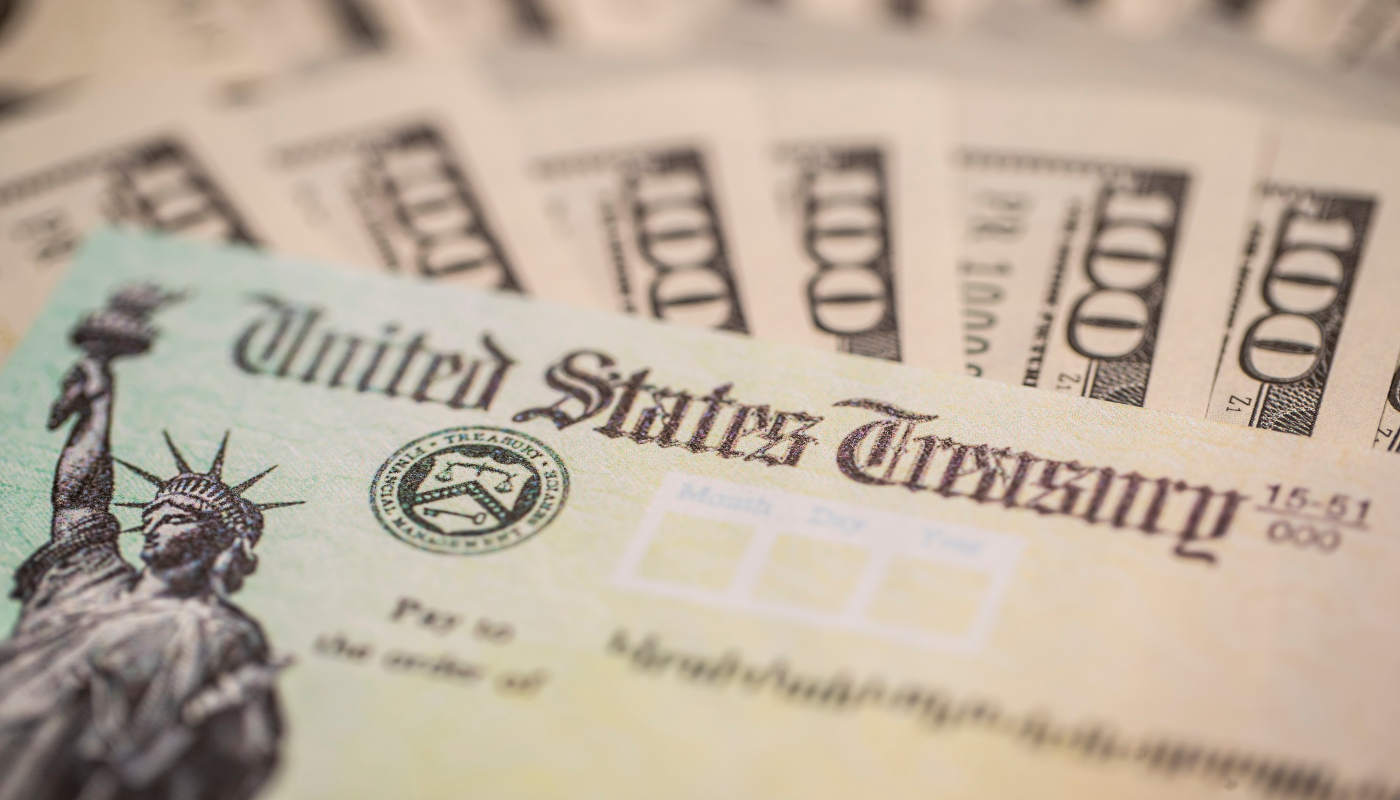
Critics of CECL, the current expected credit losses accounting standard, warned that it would exacerbate an economic downturn. In fact, it enabled banks to build their loan-loss reserves more quickly as the pandemic unfolded. Still, the methodology did not factor in the massive government capital infusion that tempered the economic fallout - and that may have forestalled CECL's downside risk for lenders and their investors.
Issued by the Financial Accounting Standards Board in 2016, CECL went into effect at the start of 2020 for companies with calendar fiscal years, requiring them to reserve for anticipated losses. Their first-quarter financials had to reflect not just adjustments from transitioning to the new standard, but also the rapidly declining business conditions in the early days of the pandemic - a scenario that industry voices had warned about.
In an October 2018 letter to the Financial Stability Oversight Council (FSOC), the American Bankers Association (ABA) expressed concerns about CECL's pro-cyclicality, causing allowances to spike during times of stress, especially for longer-duration and noninvestment-grade loans. The letter called for a quantitative impact study of CECL and a delay in its implementation, and it was signed by the banking associations of all 50 states and Puerto Rico.
That same month, a letter from the Bank Policy Institute, signed by 50 major banking organizations, also sought to delay implementation and requested that FSOC evaluate the systemic and economic risks posed by the new standard.
Government Role
Stimulus actions to date by the Federal Reserve and Congress, including the $2 trillion Coronavirus Aid, Relief, and Economic Security (CARES) Act, have arguably cushioned the economic decline and, in effect, muddied CECL's impact.

Under CECL, lenders could reserve against the prospect of defaults much faster than under the previous, incurred-loss method, which required losses to be probable before being recognized.
Masha Muzyka, risk and accounting solutions team lead at Moody's Analytics, noted that stress tests had provided banks with some forecasting ability, but that was not reflected on balance sheets. CECL, instead, specifically requires lending institutions to estimate losses over the lifetime of their loans and reserve upfront for them.
Reporting Results
That acceleration was a plus amid the pandemic and was evident in first-quarter financial statements. “This is why we saw allowances ramp up so dramatically in Q2 - it reflects the economics of the transactions,” Muzyka said.
Several major banks reported “unprecedented” allowances for credit card losses, she said: PNC Financial Group's was nearly 15%; Wells Fargo & Co.'s was 10.5% compared to its overall allowance of just 2%. Wells Fargo “was reserving specifically for credit cards,” Muzyka said.
Consumers typically default on card loans before other types of debt, prompting those early reserve increases. In a prolonged slowdown, other types of loans would likely be impacted, and CECL may come into play more dramatically, especially for longer-maturity loans that require much bigger allowances.
“My biggest concern is that, just like in 2006-'07, collateral prices have not moved much, but if we start seeing a general decline in housing or commercial real estate (CRE) prices, and declines are forecasted, that is when danger hits,” said Michael Gullette, senior vice president, tax and accounting at the ABA.
Gullette said that residential mortgage and CRE reserves remain relatively low because price forecasts are still “pretty solid.” CECL “could cause a falling-off-a-cliff scenario if the forecasting falls to levels seen in 2008 through 2010,” he said, adding, “It will make allowances much higher for much longer.” Such “pro-cyclicality” could then inhibit lending and, in turn, economic recovery.
Limited Delinquencies
Tim McPeak, principal industry consultant in the risk research and quantitative solutions division of analytics provider SAS, cited concerns about CECL's exacerbating effect and lenders' ability to ramp up reserve levels quickly. So far, he said, there has been little evidence of credit portfolios deteriorating, outside of a few asset classes such as credit cards.
Lenders are not yet seeing large increases in delinquencies and charge-offs, he added, due to government stimulus, regulatory relief around troubled debt restructurings (TDRs) that gives banks more leeway to work with customers, and lenders working with borrowers to modify loans to and defer payments.
“So that has delayed the impact one would expect to see from a downturn like this,” McPeak said, “but it can't last forever.”
In contrast to the 2008 crisis, the residential mortgage market has held up and, in some areas, even strengthened. Borrowers are continuing to make payments, Muzyka said. Some banks have actually reduced allowances, although that may reflect less consumer demand and fewer originations.
Modifications and Deferrals
Loan modifications and deferrals may also play a role, as well as regulators permitting banks to avoid making TDR designations, which directly increase reserve allowances and capital requirements.

“By allowing banks to not have to call them TDRs and encouraging loan deferral programs for customers, a lot of [problems have] been delayed, so to speak,” Muzyka said. Assuming the economy does not decline, she added, that delay, as well as general uncertainty, makes it unlikely that banks will reduce their overall allowances until the first or second quarter of 2021.
The Moody's expert noted that a bank may have an outstanding loan to a hotel whose current occupancy rate is 25%, which, if payments were required, would cause the borrower to default likely within months. Such risk would almost certainly require a significant allowance under CECL.
If the bank forecasts an economic recovery in six months, assuming an available vaccine and pick-up in travel, then it may allow the borrower to defer payments for that period and set aside only half that allowance. However, if its forecast is incorrect and the economy slows or reverses course, the bank may simply be prolonging the inevitable. It may be been better off collecting payments until foreclosure.
Muzyka said she anticipates the most impacted asset class to be CRE, especially hotels, with offices and multifamily properties impacted but to a lesser degree. Upper-tier hotels could take the worst hit because of dependence on business travel and events.
The hotel scenario highlights the importance of lenders' economic forecasts, which cynics may find disconcerting given the difficulty today projecting six months into the future, much less several years for longer-maturity deals.
Recovery Scenarios
“Concepts such as V-shaped vs. W-shaped recoveries … wouldn't be huge issues under incurred losses, but they are critical under CECL,” ABA's Gullette said.
A downturn could lead to what he terms a “triple whammy,” in which bank management seeks to take problematic loans off their books, capital requirements increase, and capital levels fall.
“That provides incentive to just unload assets, and if some banks start unloading them at once, that brings the market down further and makes the problem worse,” Gullette said.
Complicating matters further, CECL is principles-based, allowing leeway in the choice of forecasting models and data inputs. Two banks may be similar in terms of geographical footprint and products offered, but if one forecasts unemployment of 6% next year and the other 10%, their expected credit losses and allowances will be very different.
“The biggest unknown is probably how banks are incorporating forecasts into their allowances, and what is the level of those macroeconomic variables that best reflects their expectations,” Muzyka said.
Diverse Assumptions
For institutional investors, McPeak of SAS said, CECL will continue to make it hard to compare lending institutions against one another, because they may have very different views of the future.
“At the end of the day, we're seeing a wide variety of approaches taken by lenders to arrive at their reserve numbers, and that will impact earnings-every dollar I have put in reserve is a dollar against net income,” McPeak said. “Analysts have to dig way down into filings and ask institutions for more details on their assumptions and how they get to these answers.”
Banks could also disclose the factors they view as most significantly driving their expected credit losses, Muzyka said, so if the unemployment rate is a main macroeconomic factor impacting credit-card portfolios, they should provide their baseline forecast.
“That way we can compare expectations,” she said.
Muzyka said she is starting to see those types of disclosures by large banks, adding she anticipates them becoming more common in the fourth quarter, and especially in year-end financial statements. “It'll be the first audited financial statement, and companies will have enough from the year to decide what is really important for them to disclose.”